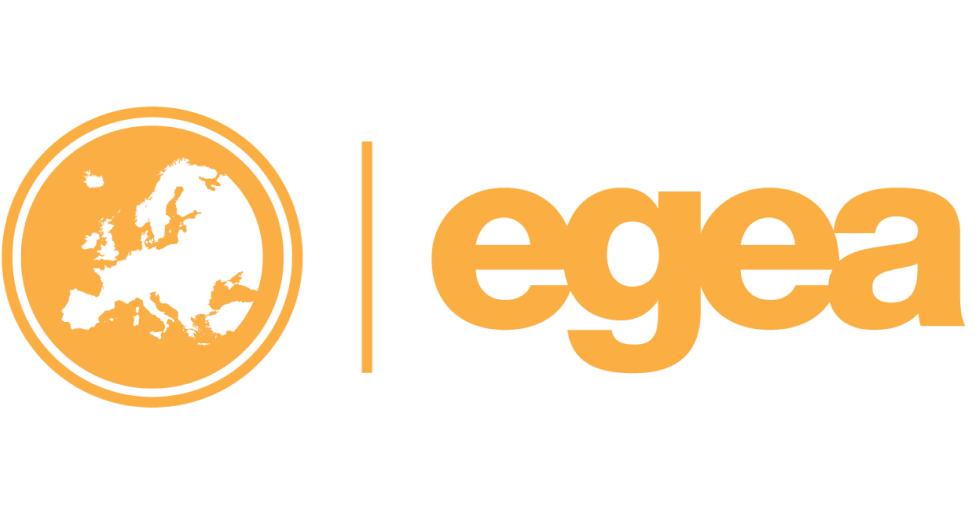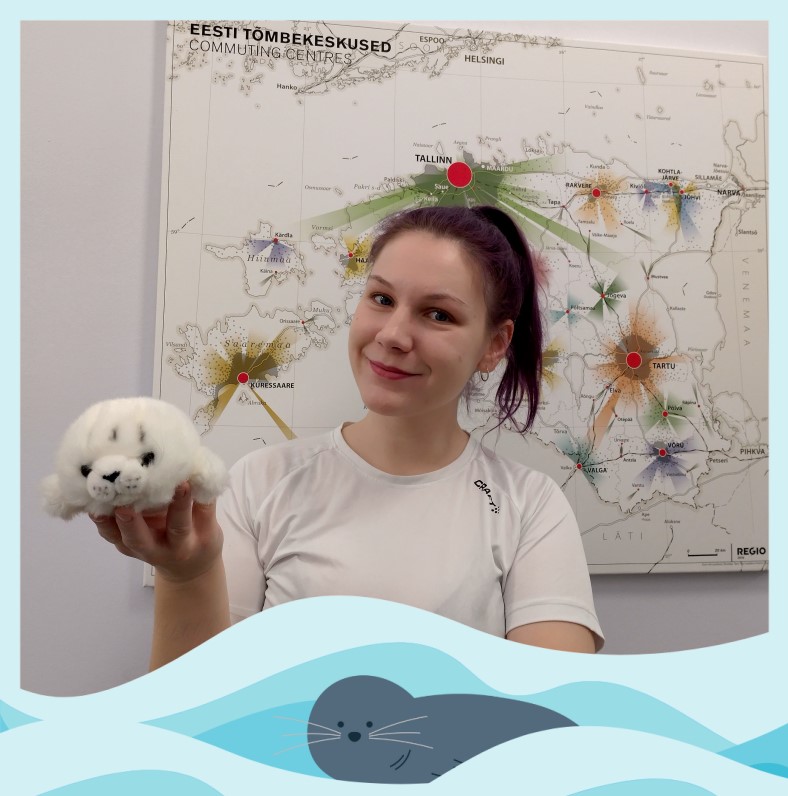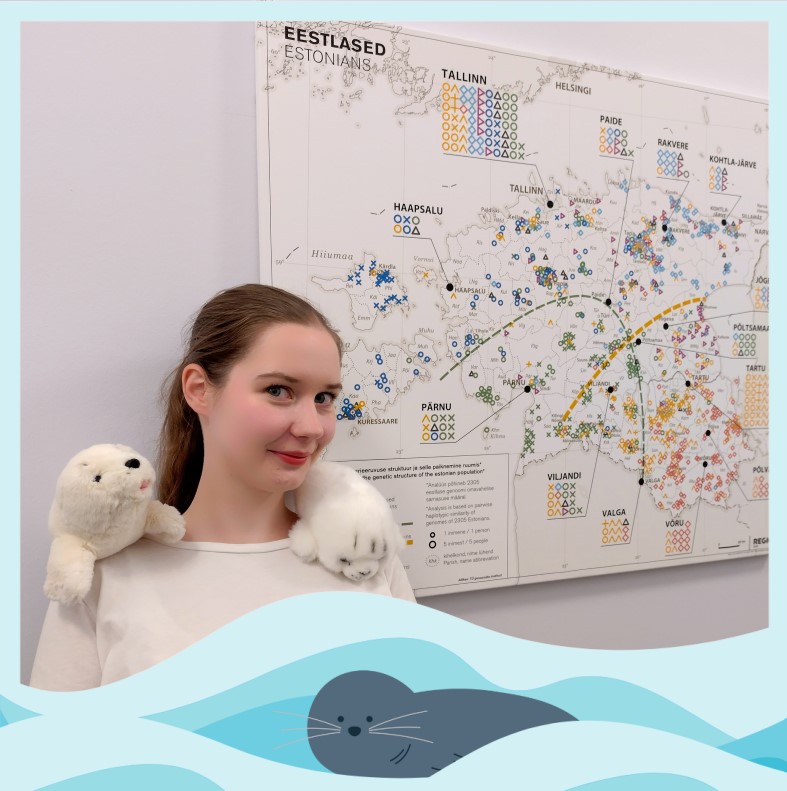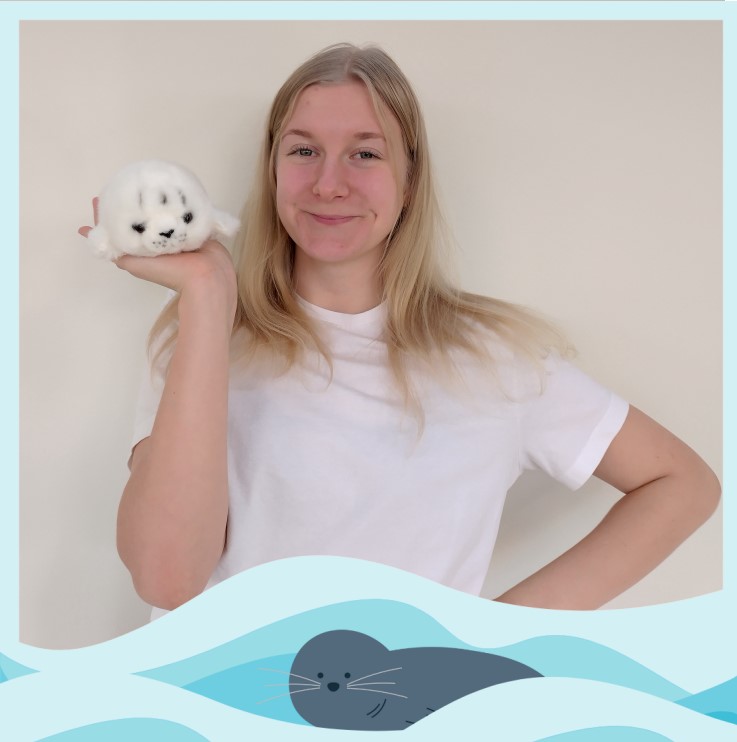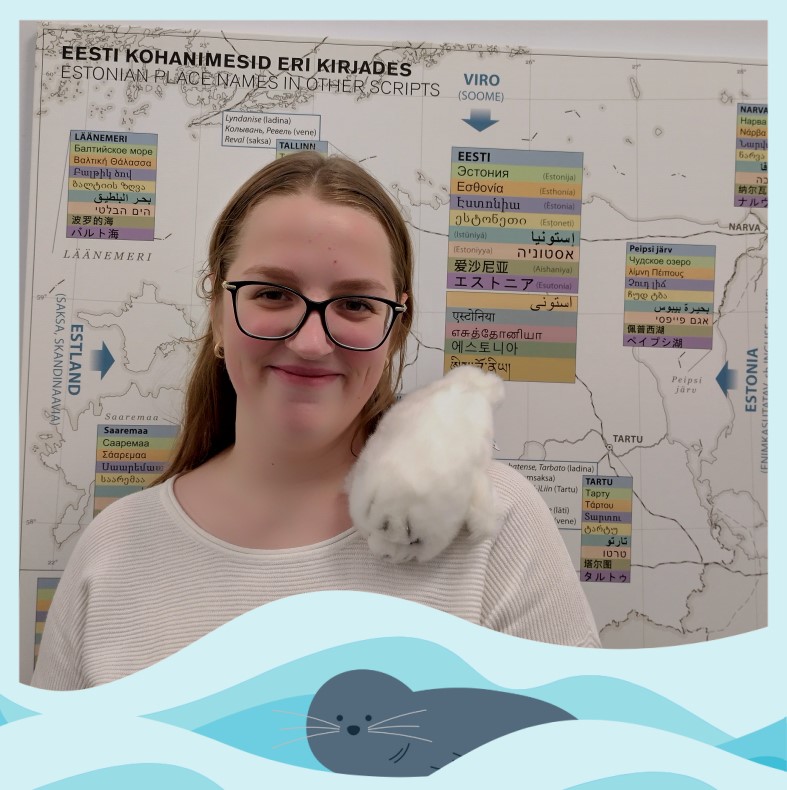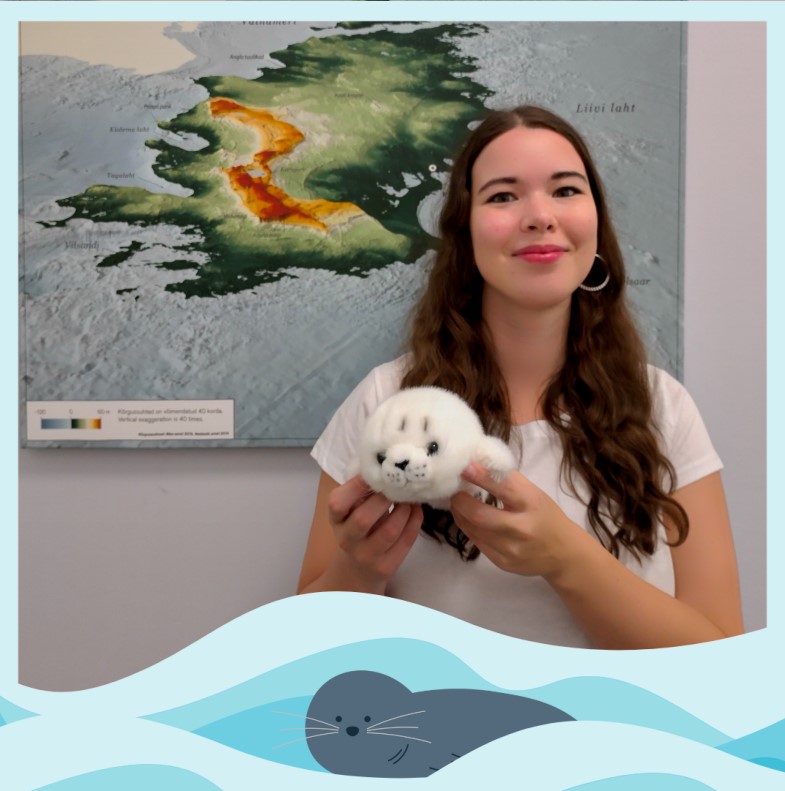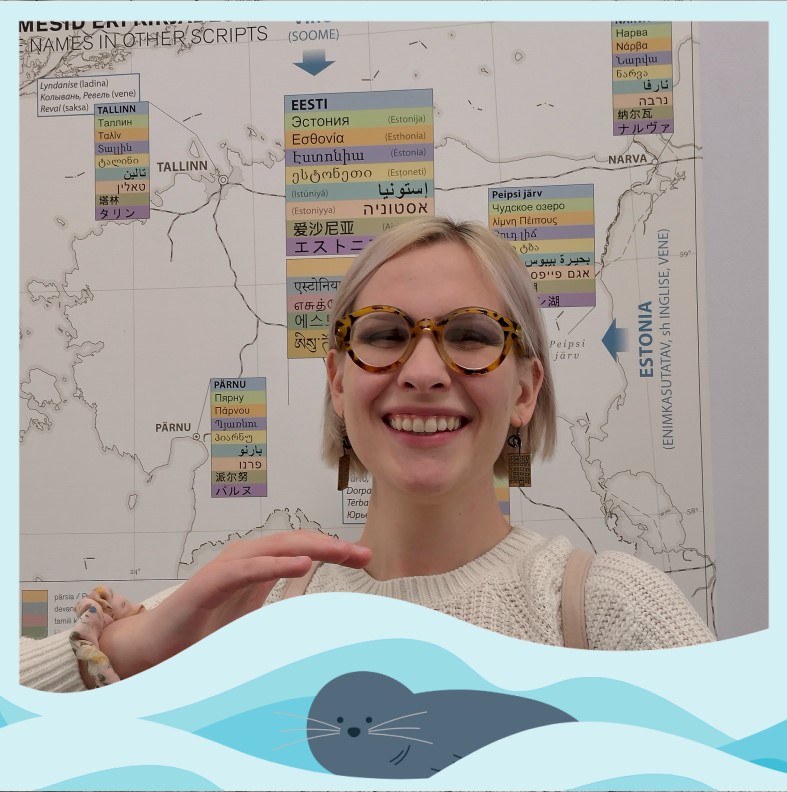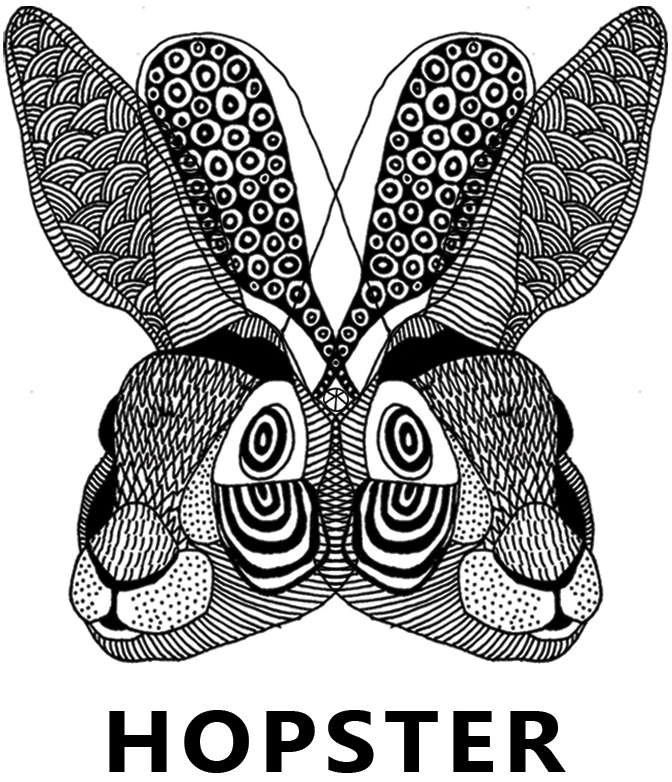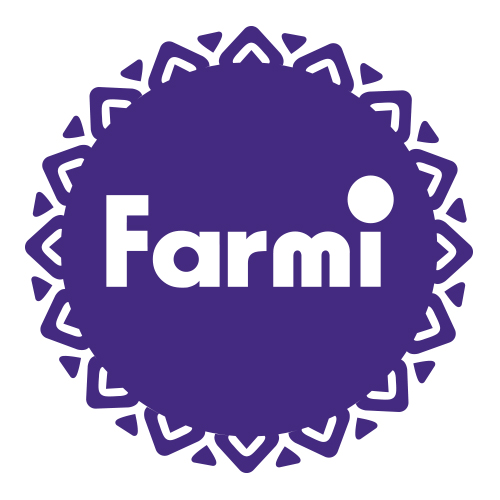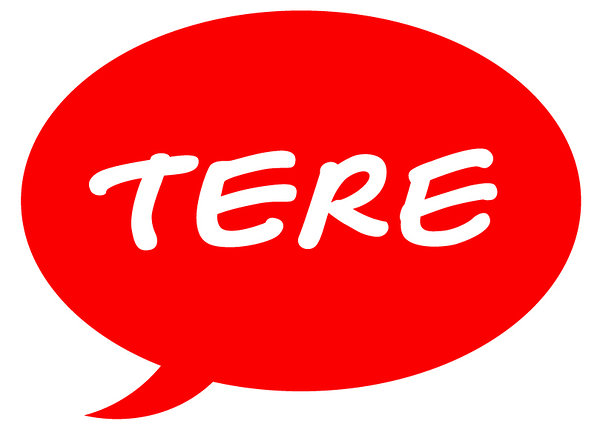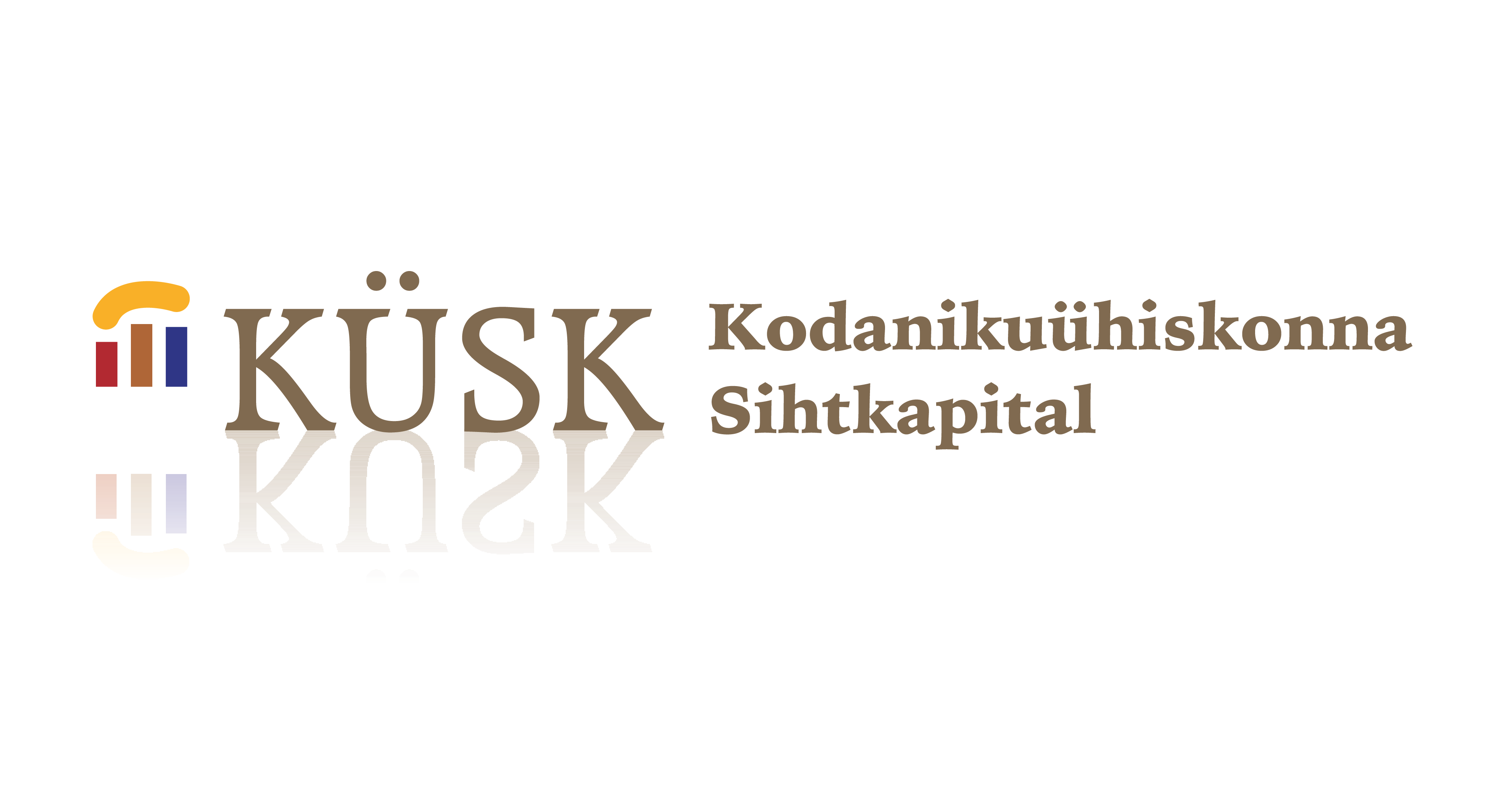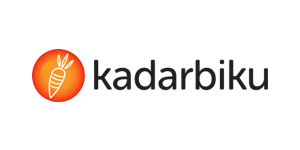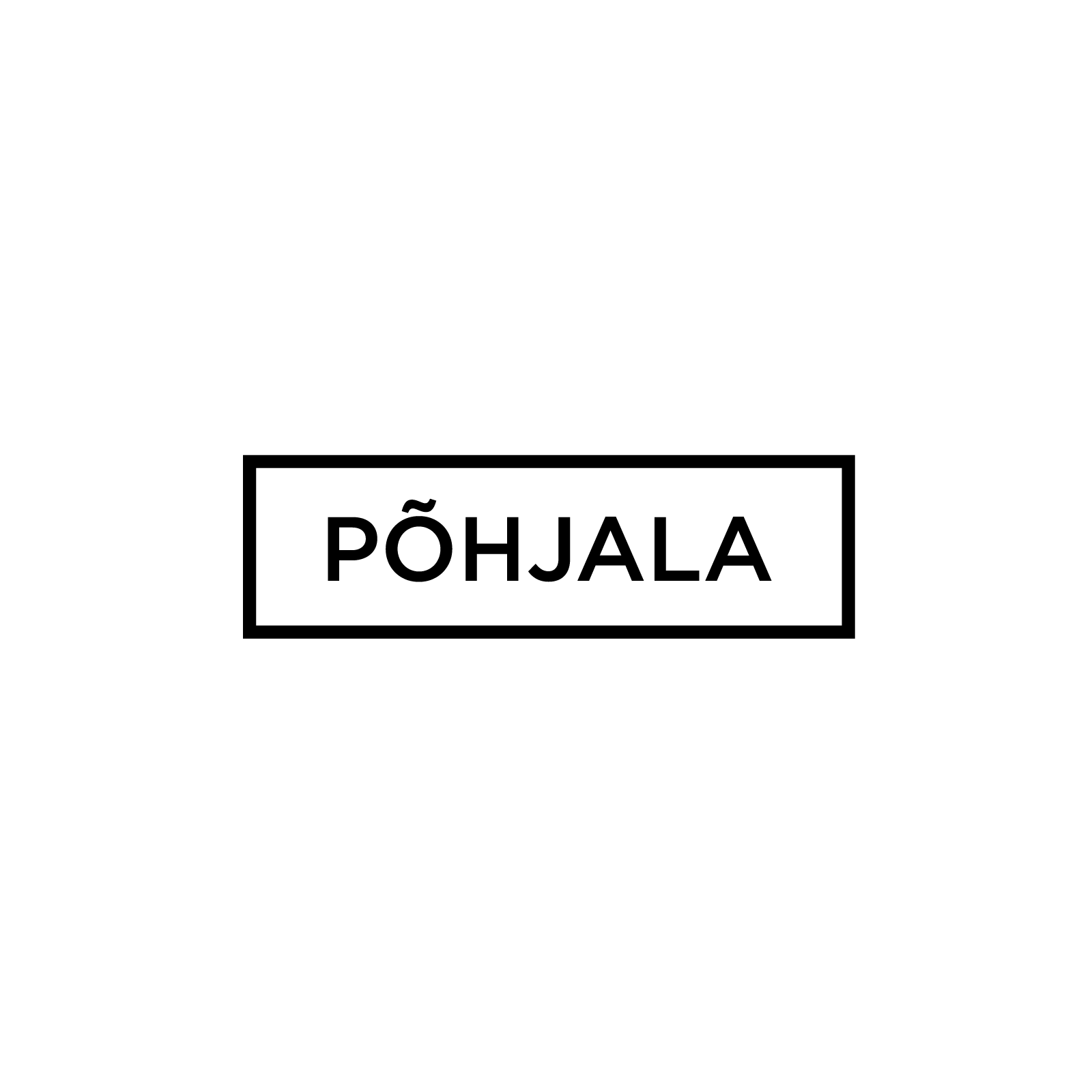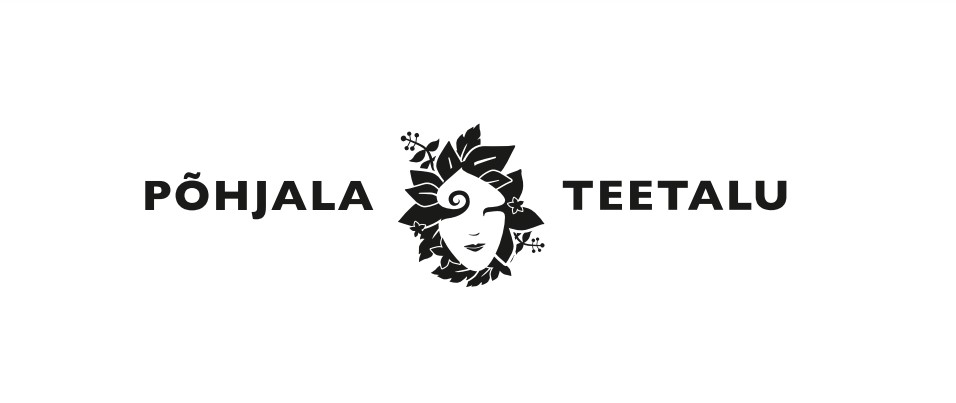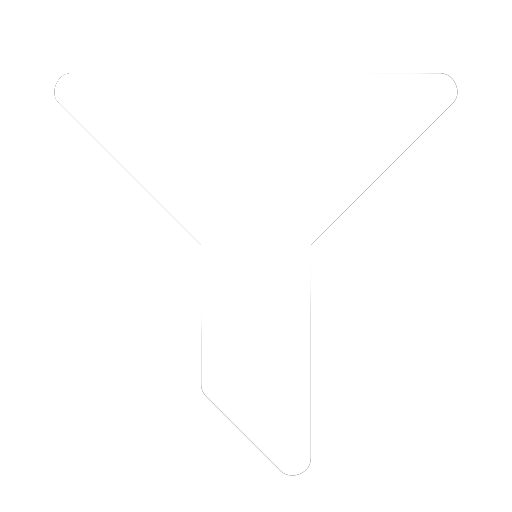- This event has passed.
NBRC 2023 – Baltic Sea(l)
2 May 2023 from 12:00 to 6 May 2023 from 14:00 Europe/Tallinn
Inspired by EGEA’s theme year 2023 “Water for Life”, we wanted to dedicate the congress to the Baltic Sea as it connects our lovely North and Baltic region into one. Majority of the North and Baltic entities are also located directly at the coast of the Baltic sea, which enables us to better understand and study the consequences of climate change (e.g. sea level rise), state of biodiversity, transnational mobility of individuals as well as sustainable energy and geopolitical developments.
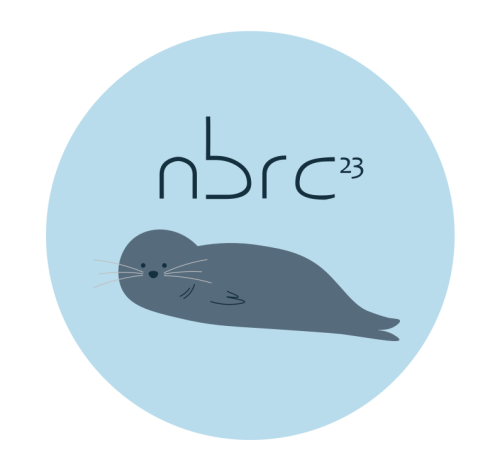
location
The accommodation is located right next to the sea in Northern Estonia in one of our summer destinations Võsu.

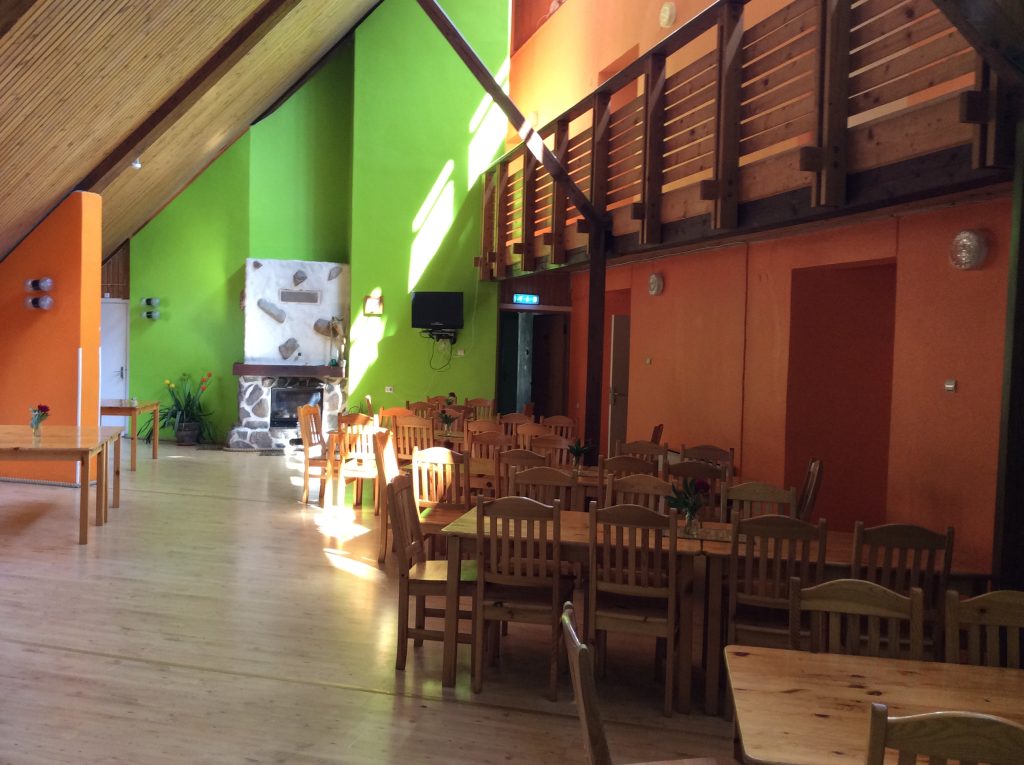
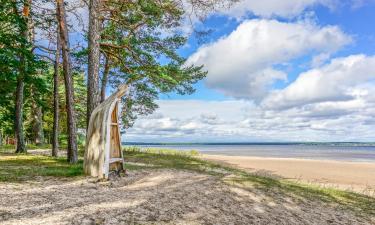

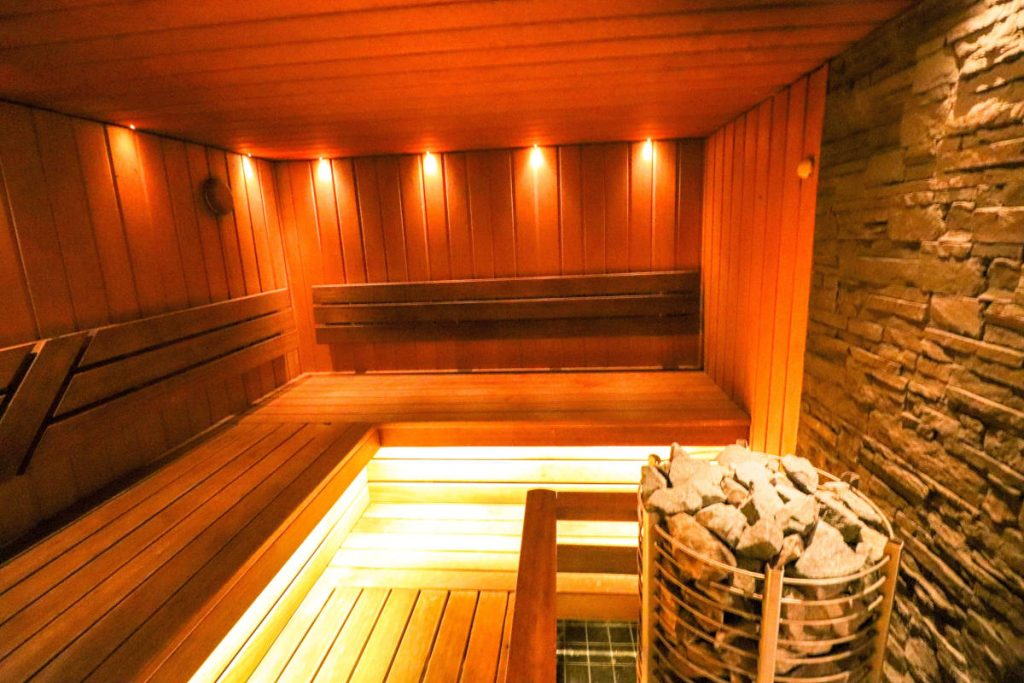
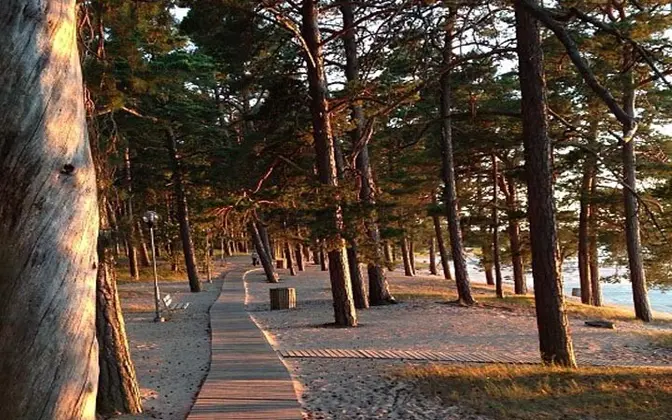
Workshops
Remote Sensing Workshop – SAR
Sea you later – time-space changes using SAR image analyzis. We will explore how Synthetic Aperture Radar “sees” the Baltic Sea and its coast – water, ice and land. We will compute SAR images using radar amplitude and phase information.
Workshop leader: Tauri Tampuu, PhD
Satellite remote sensing of cyanobacterial blooms in the Baltic Sea
Half the oxygen we breathe every day is made by algae and their importance is enormous. Nevertheless, when disruption occurs e.g., nutrient run-off (agricultural fertilizer and sewage), phytoplankton and algae grow rapidly causing intense blooms. Excessive growth can cause oxygen depletion and cause dead zones in the water. Some phytoplankton blooms (mainly cyanobacteria) produce hazardous toxins and are called Harmful Algal Blooms. Cyanobacterial blooms all over the world as well as in the Baltic Sea have increased over the years causing negative ecological and economic impacts. Monitoring algae and their blooms are therefore crucial. When there is a high concentration of pigmented phytoplankton cells, the colour of the water changes, and that change can be monitored by satellite sensors. For example, the Copernicus Sentinel-2 and Sentinel-3 satellites can be used to estimate water quality and detect algal blooms. In the workshop, Sentinel-3 OLCI data will be used to analyze the cyanobacterial blooms in the Baltic Sea, and the Sentinel Application Platform (SNAP) will be needed to process the data (https://step.esa.int/main/download/snap-download/). ESA/ESRIN provides the SNAP user tool for free.
Workshop leaders: Kaire Toming, PhD (Estonian Marine Institute, University of Tartu) Martin Ligi, PhD (Estonian Marine Institute, University of Tartu)
Biodiverse rivers contribute to a healthy Baltic Sea
Rivers and the Baltic Sea are strongly tied together, since aquatic animals are moving between these environments and sediments are transported with the riverflow from terrestrial landscape to the sea. Unfortunately also excess nutrients from the land are carried downstream. Almost 70% of total nitrogen coming to the Baltic Sea is from riverine origin, from which large proportion is from anthropogenic sources (HELCOM 2018).
Healthy rivers full of life are able to self-purificate themselves better and transport less nutrients to the sea. In the workshop we will catch aquatic invertebrates from the river Võsu and explore the food web pathways improving the water quality. We will also visit some anthropogenic pressures impacting the river.
Join the workshop to see and experience the riverine landscape closely!
Workshop leader: Jürgen Karvak (University of Tartu)
Tools for planning coastal landscapes
In Europe, the 22 coastal Member States were obliged under the Maritime Spatial Planning (MSP) Directive to develop a national maritime spatial plan at the latest by 31 March 2021, which was delayed by COVID-19 pandemic. Each country had different input, methods and outcome, for example in Finland sea can be privately owned, in Estonia sea belongs to the state and in Latvia the local governments have the right to plan coastal waters. The lecture and the workshop will be based on two previous projects in Lahemaa National Park: SustainBaltic and Land-Sea-Act that looked at terraqueous landscapes in a more detailed manner. In the lecture a small introduction is made to the sphere of MSP and the two projects. In the workshops the tools used will be introduced and applied, e.g. mapping the coexistence conflicts with a matrix, scenario-building and brainstorming for the solutions.
Workshop leader: Anu Printsmann, PhD (Tallinn University)
Learning the difference in planning offshore and onshore wind farming
We are looking further into the planning process of offshore and onshore wind farms, comparing their differences along with recent developments in the context of energy crisis.
Workshop leader: Kaarel Hendrik Zernant
Timetable

